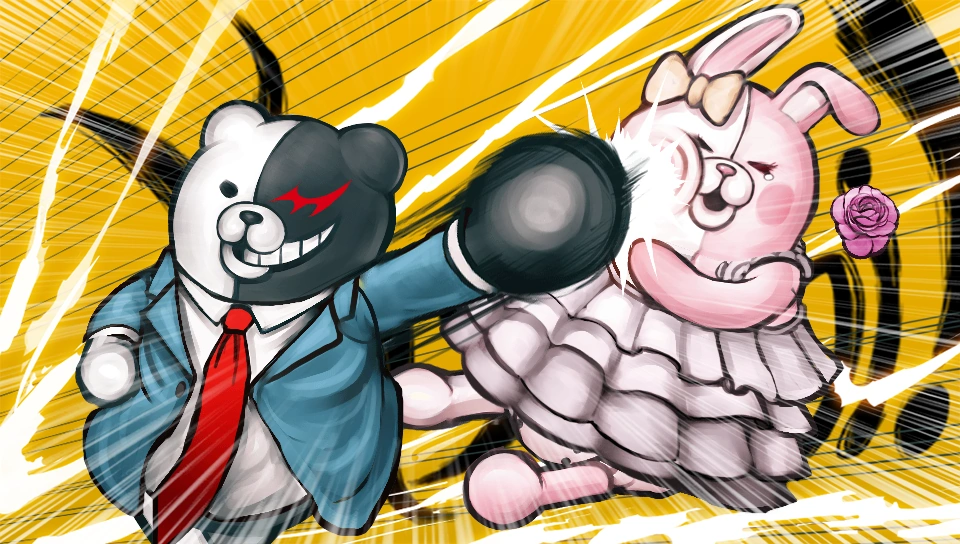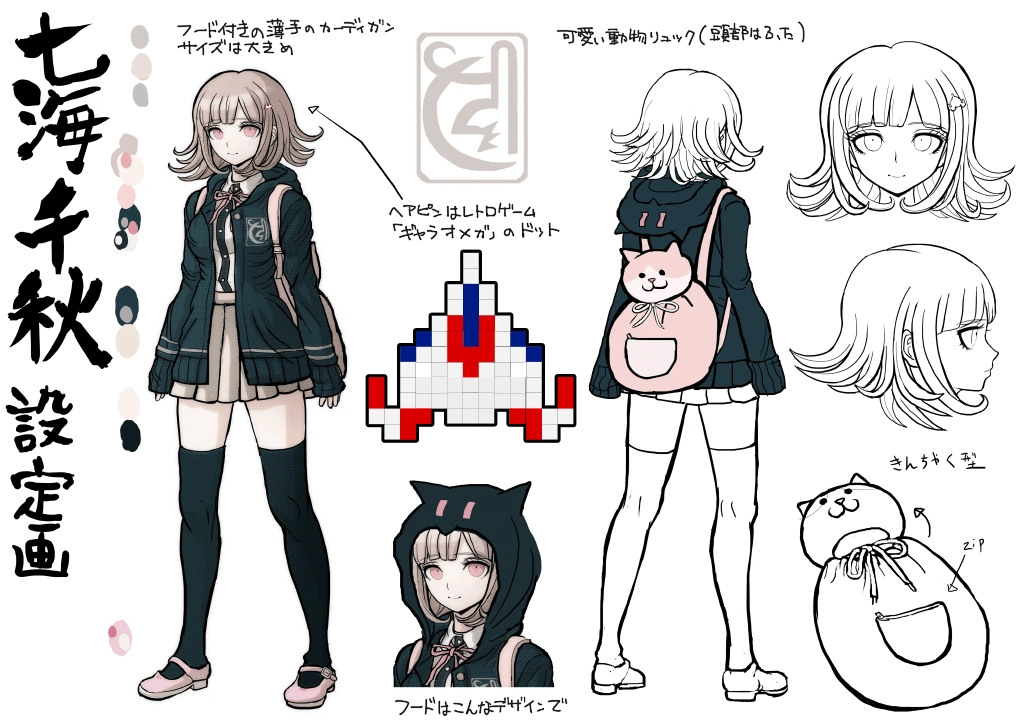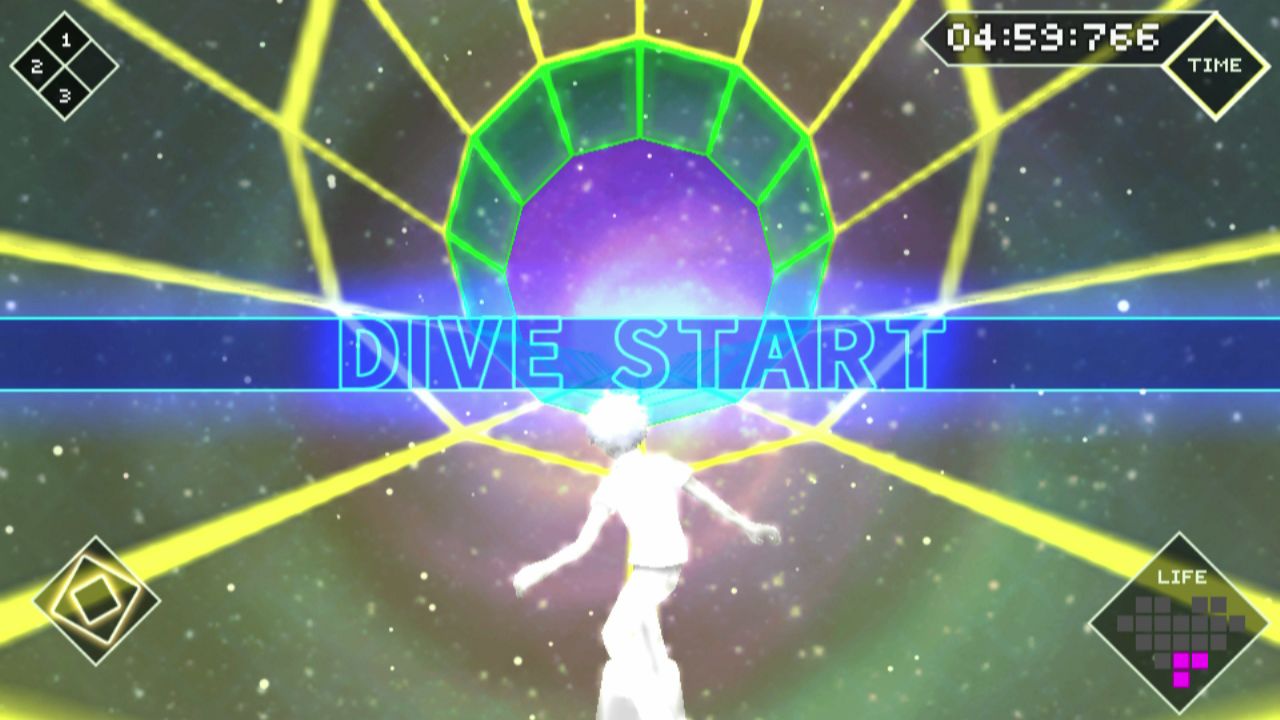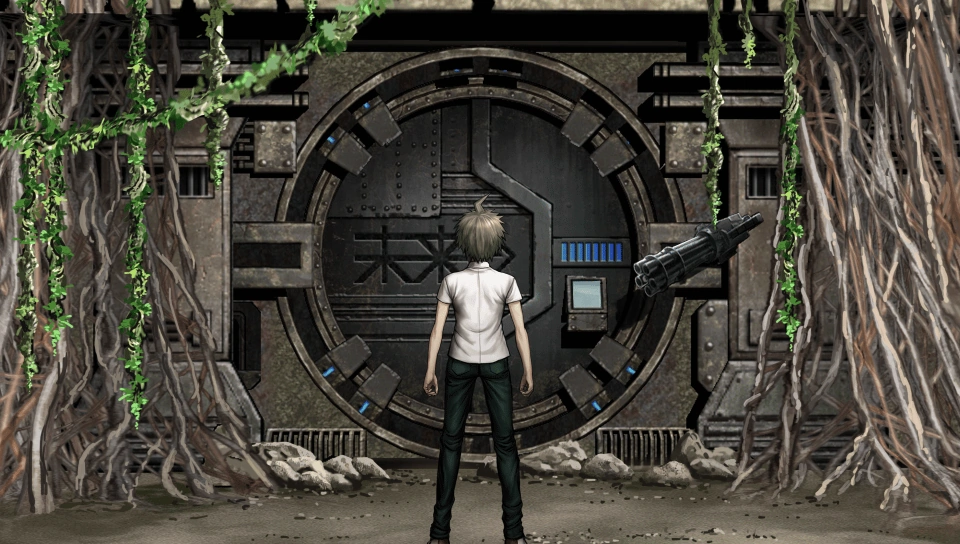Danganronpa 2: Goodbye Despair, Reviewed on Linux
Sequels! It’s all about sequels these days. Make one successful game and your publisher will demand a follow-up. Or your fans. Or yourself, because it’s easier than producing something really new, right?
Well, I am not too sure about that. Sure, it’s easier to milk your work one more time and make an extra episode out of a successful first title, but making it well is really hard. You have to struggle between a number of conflicting impulses:
- your fans who want more of the same
- your fans who want more of the same, but with more complex stuff
- your publisher who wants to get a new title as soon as possible, because… profits
- yourself who want to make something that’s different enough that you don’t get too bored
In the case of Danganronpa, I can imagine it was not an easy task to make a sequel. The premise of Danganronpa is that you get a bunch of high school kids locked in one place, with the only one way for a single one of them to get out: murdering one of their classmates without being correctly identified.

Danganronpa, what you need to know
I have already reviewed the first Danganronpa a while ago, so you might want to check that review first if you are new to the series. It’s one of the best Visual Novels ever in my opinion, and well worth doing if you have never experieced anything in that genre. If you have never played the series, you need anyway to start with the first one, or you will simply miss most of the subtilities of this second episode. Assuming you are familiar with the first one, let me talk about the second episode now.
Danganronpa 2
The beginning is kind of similar to the first Danganronpa - you play the role of Hajima Hinata, who’s lost his memory as he was about to enter Hope’s Peak Academy along with 15 other students. Yes, 15! You all awaken in a remote tropic island called Jabberwork Island, and you are greeted by Usami, a rabbit-like character that is reminiscent of Monokuma without the evil smile. Apparently this is all supposed to be a field trip, to make all the students bond together. That is, until Monokuma finally makes his appearance and declares that this is another killing game, this time inside a resort.

Because there are 15 student the beginning is quite tedious: you will have to wait a while to see any action: as usual the game will force you to talk and meet with everyone first to get some idea about who everyone is, before the killing begins. Hope’s Peak Academy’s new recruits are all ultimates once again, i.e. characters who have great abilities at specific tasks. Mahiru is the ultimate photographer, Chiaki is the ultimate gamer, Kuzuryu is the ultimate Yakuza… and so on. As usual some of them are borderline ridiculous, but the genius of the game devs is to always know when to allow their characters to go overboard and when to keep things toned down.

One of the main changes vs the first Danganronpa is that the place is much bigger now: you are not confined to a small school anymore since it’s a big island (with more islands around) and the game alternates between FPS view in smaller areas and 3rd person and a side view when travelling between different spots. I was really confused at first when I saw my character a la side scroller, without any kind of transition. But you get used to it quickly.

Needless to say, I will avoid any kind of spoilers in this review as the main point of a visual novel is the storyline, and more so when it comes to a killing game where every chapter is about finding who killed who and in what circumstances.
The overall mechanics have not changed much. You wait for a murder to happen, and once it does, you talk to everyone, investigate the scene of the crime, and gather truth bullets which is just a fancy name for clues that you will use later on during the class trial. The class trial is about finding who is the actual killer by using clues and defeating bad arguments from other classmates as much as possible. Everything is very linear so there’s only going to be a single correct answer every time.
Spike Chunsoft has added quite a few new features in this episode: now there are some kind of virtual surfing game to help you select the proper “narrative” to explain your point during a trial. You also have class Rebuttal Showdowns when someone who’s accused can suddenly counter your arguments and you have to act very quickly to “cut through” their bullshit, with a “truth blade”. Personally, I find such mini-games really tiring, boring and unnecessary: they don’t really add much to the story, and make things more tiresome than they should be without providing much fun either.

On the story side, Spike delivers once again with a great plot that accelerates after a few chapters and will make you come back to know how things turn out. There’s a good dose of revelations and cliffhangers throughout the story, making for great motivators to keep playing. Most of the crimes are also well scripted and clever.

A very special mention for one of them later in-game (in the funhouse) which is absolutely mind-boggling and extremely well-designed. It will make you go “ah-ah!” once you actually figured what happened.

The ending is not as strong as the first game’s (that would have been an incredible achievement!) but is still decent and ties things well together. While I did enjoy the game from start to finish, I’d say the game felt really slow in the first few hours, and really, really verbose around the end (40 hours!! Mamma Mia…). The walls of text! I know it’s expected from visual novels, but sometimes the game got me wishing it had a “compact/concise” mode in the settings.
The port
This second episode was ported by Abstraction Games, that we interviewed back in 2018. It will run on pretty much anything, even a 10 years old laptop. It starts with a launcher which is mildly annoying, but this may be something that disappears in the future. I see that Steam rates it as Steam Deck Verified despite the presence of the launcher, which is a little weird.

Anyway, I enjoyed it very much, and I will be waiting a few months before trying the next episode in the series. No reason to get greedy.
